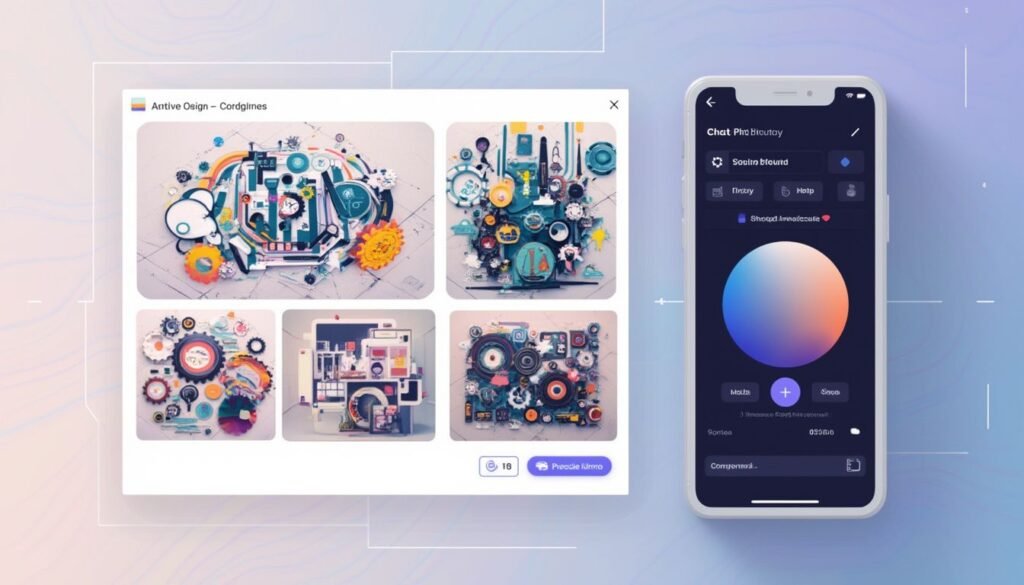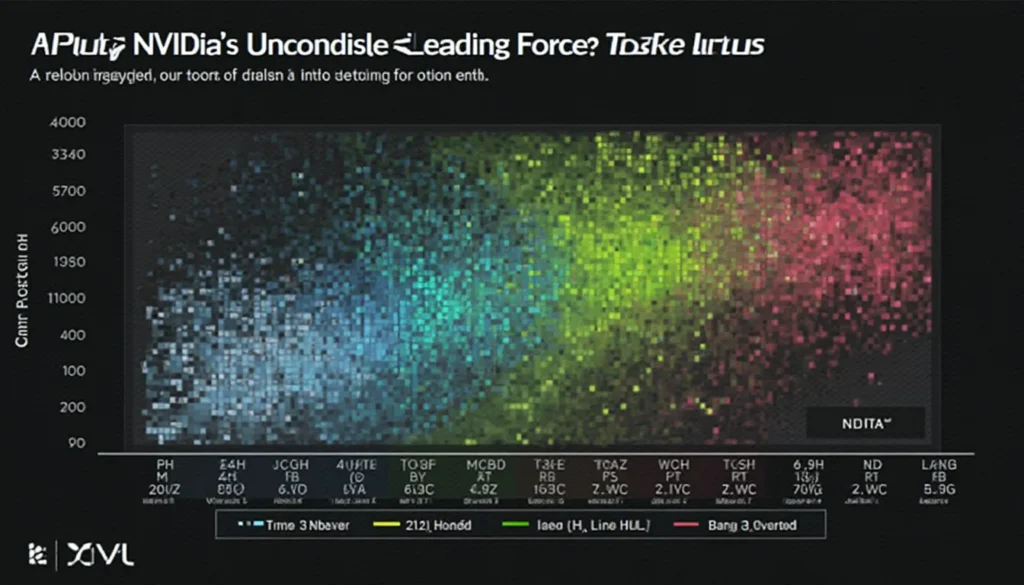In a world where creativity meets technology, digital art creation has emerged as a powerful medium for artists and designers alike. This comprehensive guide is designed to equip you with the knowledge and tools necessary to unlock your artistic potential in the digital realm. From understanding the roots of digital art to mastering essential techniques and software, we will explore every facet of this dynamic field. Whether you are a seasoned artist looking to transition to digital or a novice eager to create your first masterpiece, this article will provide you with the insights needed to thrive in the ever-evolving landscape of digital artistry.
Key Takeaways:
- Digital art is a versatile medium with a rich history and broad applications.
- Essential tools like software and hardware significantly influence the quality of digital art.
- Techniques such as layering and blending can elevate your digital artwork skills.
- Building an online community can enhance your art practice and open up networking opportunities.
- Monetization strategies can turn your passion for digital art into a sustainable income source.
Understanding Digital Art: Definition and History
Digital art creation encompasses a broad spectrum of artistic expression facilitated by technology, where artists utilize digital tools to produce breathtaking works that blur the lines between traditional artistry and the digital realm. This evolution began in the 1960s with pioneering figures such as Frieder Nake and Harold Cohen, who harnessed computers to explore new artistic possibilities, effectively laying the groundwork for a medium that combines innovation with creativity. As technology advanced, so did the techniques available to artists; the introduction of Photoshop in the late 1980s revolutionized the industry, allowing for intricate editing and manipulation of images. Today, digital art creation includes various forms such as digital painting, 3D modeling, and interactive installations, each offering artists a unique way to express their vision while reaching a global audience. Understanding the definition and history of digital art is crucial for artists and designers alike, as it not only informs their practice but also inspires them to push the boundaries of creativity in an increasingly digital landscape.
Essential Tools and Software for Digital Art Creation
In the realm of digital art creation, having the right tools and software can dramatically transform an artist’s workflow and output quality. From industry-standard software such as Adobe Photoshop and Illustrator, which offer extensive capabilities for painting, illustration, and graphic design, to specialized programs like Procreate and Corel Painter that cater to the unique needs of digital painters, the options are diverse and tailored to different artistic styles. Artists seeking a more 3D perspective can explore tools like Blender and ZBrush, empowering them to create sculptural works and dynamic animations. Moreover, using hardware like drawing tablets, such as those from Wacom and Huion, can enhance precision and comfort, facilitating a more intuitive creative process. With the rapid evolution of technology, artists and designers must stay abreast of these innovative tools to expand their creative potential, streamline production, and bring their artistic visions to life in vibrant ways.
‘Every artist was first an amateur.’ – Ralph Waldo Emerson
Techniques for Enhancing Your Digital Art Skills
To elevate your digital art creation skills, it is imperative to explore various techniques that foster growth and innovation. First and foremost, mastering the software tools at your disposal is crucial; dedicating time to learn shortcuts and features in programs like Adobe Photoshop or Procreate can dramatically enhance your workflow and creative output. Furthermore, practicing observational drawing, whether from life or reference images, allows for a deeper understanding of form, color, and composition, which can be seamlessly integrated into digital mediums. Experimenting with different styles and techniques—such as blending modes, texture overlays, or digital brush creation—can also expand your artistic vocabulary, encouraging you to push boundaries and refine your unique voice. Additionally, engaging with the digital art community through forums and social media platforms can provide invaluable critiques and inspirations, serving to motivate you and expose you to new trends and ideas. Lastly, make it a habit to analyze the work of established digital artists, studying their techniques and approaches, which can offer fresh perspectives and ignite your own creativity.
Step-by-Step Guide to Creating Your First Digital Artwork
Creating your first digital artwork can be an exhilarating journey, especially for artists and designers eager to explore new mediums. Begin by selecting the right software that suits your style and skill level, such as Adobe Photoshop, Procreate, or Corel Painter; these platforms offer a wide range of tools and brushes tailored for digital art creation. Once you’ve installed your chosen software, familiarize yourself with its interface by experimenting with basic tools like layers, brushes, and color palettes. Sketch your initial idea on a blank canvas using a drawing tablet or touchscreen device to ensure precision and ease. As you progress, focus on building your composition by incorporating layers, which allows for non-destructive editing and the flexibility to modify elements without losing your original work. Pay attention to color theory and lighting, as these elements can significantly enhance the mood and depth of your piece. After refining your artwork, take time to review and make necessary adjustments before saving your final masterpiece in high resolution, ensuring it’s optimized for both print and digital display. This step-by-step approach will not only boost your confidence but also lay a solid foundation for your future digital art endeavors.
Building a Community: Networking and Sharing Your Work Online
In the realm of digital art creation, the power of community cannot be overstated, as it provides a vital platform for artists and designers to network, collaborate, and share their innovative work. Establishing meaningful connections within online art communities fosters an environment brimming with inspiration and feedback, allowing creators to refine their skills and expand their reach. By participating in forums, social media groups, and virtual gallery showcases, artists not only promote their own work but also engage with diverse perspectives that challenge and enhance their creative processes. Sharing insights through blogs or video tutorials further amplifies one’s presence, while also nurturing a sense of camaraderie among peers. Embracing these digital spaces equips artists to not just flourish individually, but to contribute to the collective growth of the artistic community, enabling a rich tapestry of collaboration and support that is essential for thriving in today’s competitive landscape.




